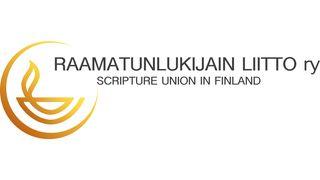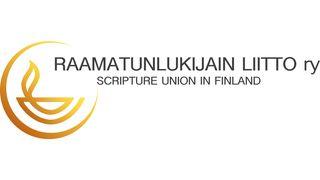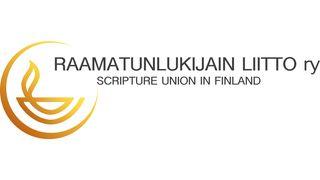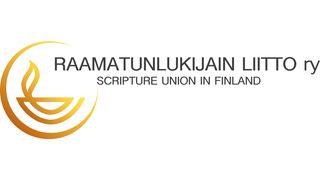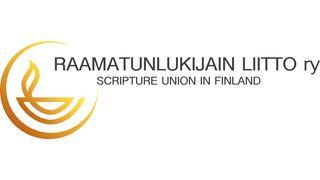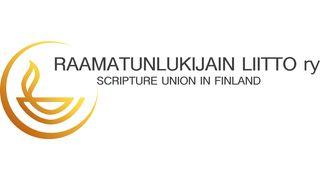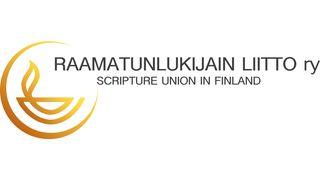Suunnitelman tiedot
The Tabernacle of DavidEsimerkki
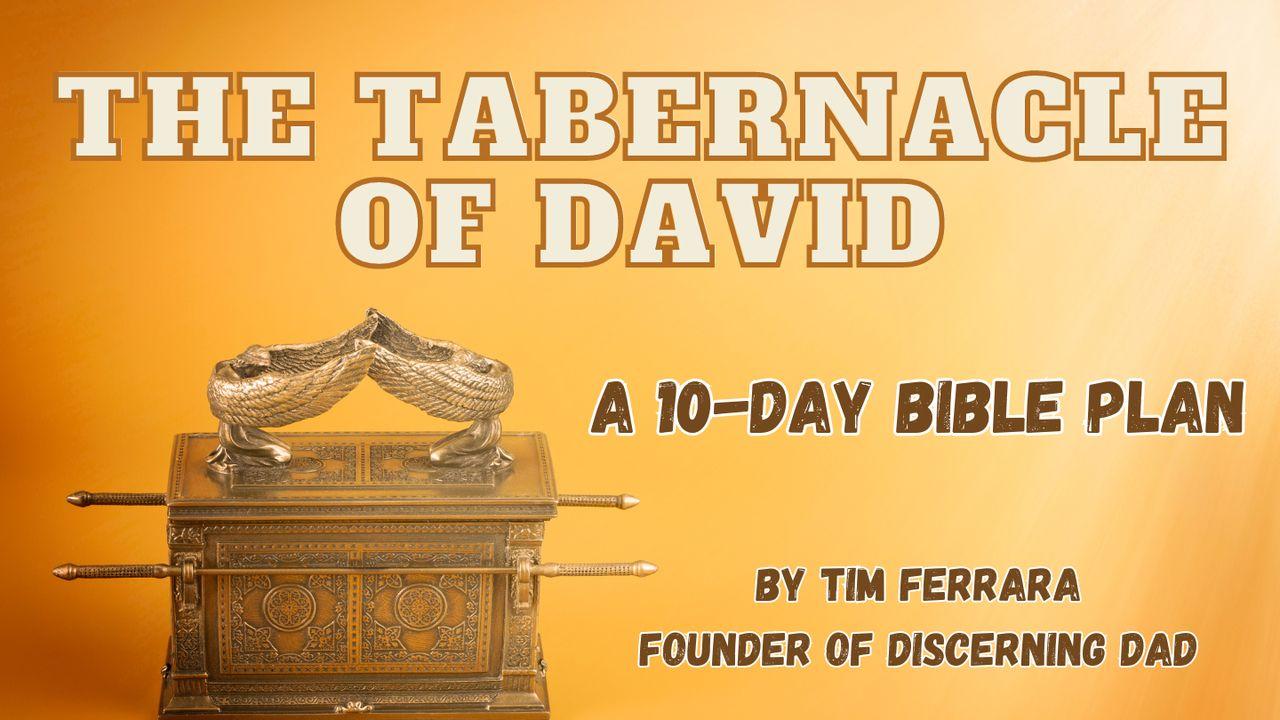
Amos and Acts
Embarking on our exploration of the tabernacle of David, our first focal point is the prophet, Amos. Often dubbed the "farmer prophet," Amos transitioned from tending to sycamore-fig trees as a shepherd before heeding God's call. Hailing from the town of Tekoa in Judea, a few miles south of Jerusalem, Amos prophesied during the reign of King Jeroboam II of Israel (793-753 B.C.).
Despite the prosperity of Israel during his ministry, his warnings against social corruption, idolatry, and hypocrisy went largely unheeded. The initial six chapters of Amos comprised messages directed at Israel and its neighboring nations, while the final three chapters unfolded prophetic visions granted to Amos. Despite the gloom and despair of upcoming judgment through most of Amos, the book ends with hope in chapter 9, verses 11-12.
> “On that day I will raise up
> The tabernacle of David, which has fallen down,
> And repair its damages;
> I will raise up its ruins,
> And rebuild it as in the days of old;
> That they may possess the remnant of Edom,
> And all the Gentiles who are called by My name,”
> Says the Lord who does this thing. (NKJV)
Fast-forwarding over 800 years to the Book of Acts, we find ourselves in Acts 15—the Jerusalem Council convened to address the increasing debate concerning the integration of Gentiles into the New Testament Church, approximately two decades post-Jesus' resurrection. Amidst this council, Paul and Barnabas narrate impactful encounters with the Gentiles during their travels. Peter shares his vision of unclean animals at Caesarea in Cornelius’ house, signifying the Gospel message is for the gentiles also.
Finally, James, the brother of Jesus, offered the following commentary on the situation in Acts 15:15-18, “The words of the prophets are in agreement with this, as it is written: ‘After this I will return and rebuild David’s fallen tent. Its ruins I will rebuild, and I will restore it, that the rest of mankind may seek the Lord even all the Gentiles who bear my name, says the Lord, who does these things’- things known from long ago.” NIV
James chooses Amon 9 out of all the prophets he could have picked to explain why the tabernacle of David shows the acceptance of gentiles into the Christian faith. But why the tabernacle of David and not the tabernacle of Moses or Solomon’s temple?
The Jerusalem Council ends up not enforcing circumcision on the gentiles but sends a letter that they probably shouldn’t eat food sacrificed to idols.
These verses of the tabernacle of David are often interpreted as the generational line of David; however, in Acts, the work is sukkah or literally tent. The root of David, which would more accurately describe the generational line of David, is used in other places like Revelation 22:16 or the root of Jesse (David’s father) in Isaiah 11:10.
Isaiah 16:5 also prophesies a coming King, “and in mercy shall the throne be established: and he shall sit upon it in truth in the tabernacle of David, judging, and seeking judgment, and hasting righteousness” (KJV).
The interpretations are both the kingly and priestly leadership of David. Kingly, in his generational line, led to Jesus, who is from the root of David. The priestly leadership of David was shown in his heart of worship, which we will see through his tabernacle or actual “tent.”
Tomorrow, our journey will delve into a succinct history of the ark of the covenant, unraveling its profound significance as a foreshadowing symbol of the accessible presence of God for all believers in Jesus Christ.
Tietoa tästä suunnitelmasta
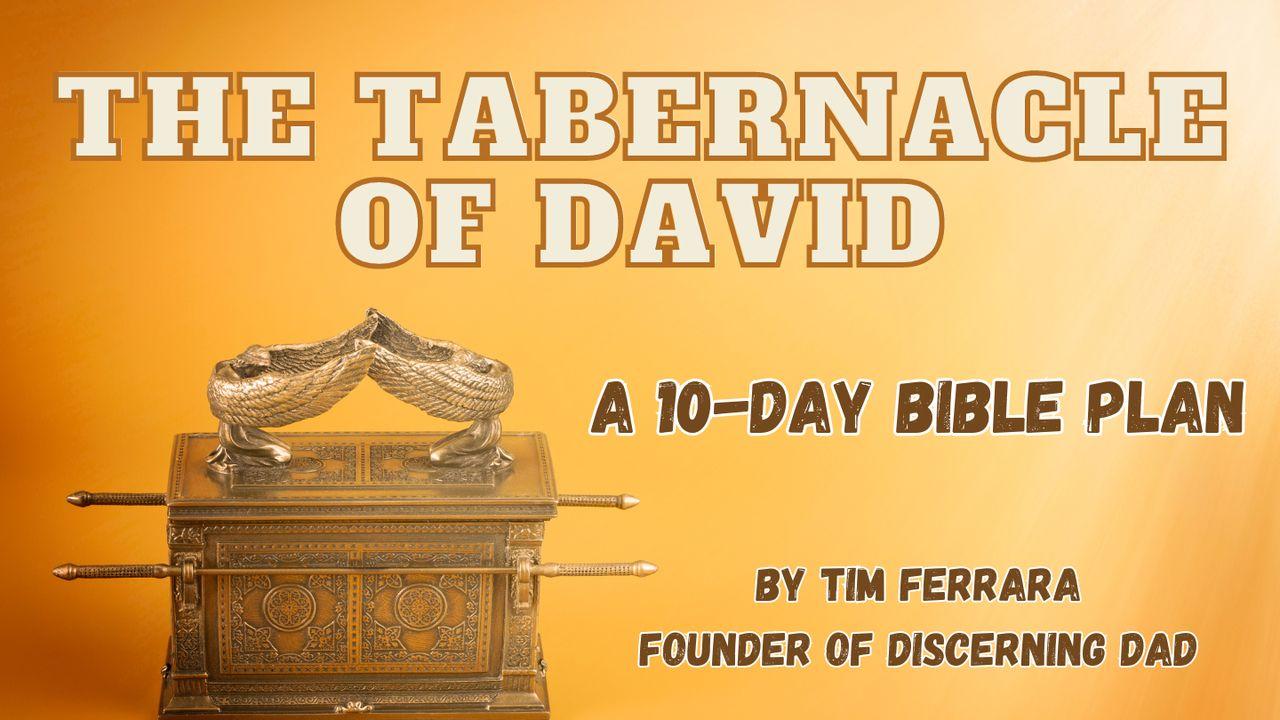
David's life emphasizes obedience, worship, and prioritizing God's presence. David facilitated Israel's access to God; Jesus did the same for all nations. The call is to continually seek God, stretching beyond comfort. J...
More
